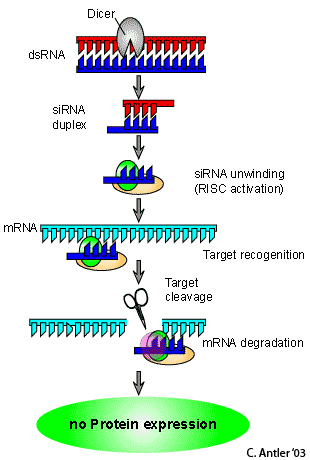Investigator: Joel R Chamberlain PhD
Category: Research - Translational
Our studies for FSHD focus on developing a therapy. However, a limitation of this research is the lack of a good mouse model of the disease to test our therapeutic approach. The primary cause of FSHD is abnormal activation of the Dux4 gene, so mouse models need to reproduce production of Dux4. The main goal of our project for 2012 was to develop tools to force low-level production, or "expression" of DUX4 in mouse muscles using a variety of approaches. We are attempting to mimic what occurs in human muscle, since we now believe that localized low amounts of the DUX4 protein causes damage to muscle cells. Our approach is to deliver the gene for DUX4 to normal mice in several ways to try to mimic the program of muscle damage caused by DUX4 in patients. We tested a variety of combinations of delivery methods and versions of the DUX4 gene and successfully made and produced sufficient quantities of one of these to begin testing in mice. Also, knowledge gained from the attempts to construct other delivery/DUX4 gene combinations has informed us on what approaches to further develop to make better models for FSHD. Our work in the past year has laid the foundation for continued progress and we are optimistic that we will soon be able to have an effective model that will allow rigorous testing of genetic therapies in mice. If such tests are effective they can be tested in larger models and then moved into clinical trials.
Recent discoveries provide us with a clearer understanding of how the genetics of FSHD translate into disease. This new information defines a target for therapy development. We will both engineer a model and use existing models to test a novel therapeutic approach called RNA interference to eliminate disease that attacks messenger RNA in the cell to prevent disease causing protein production. The FSHD protein is called DUX4 and leads to muscle damage. Our therapeutic approach will reduce production of toxic protein to eliminate the FSHD muscle damage with a single application to muscles throughout the body. We have been working on this approach in other animal models of muscular dystrophy, and what we have learned from these studies will be applied to new FSHD mouse models based on DUX4 protein expression for development of a potential treatment for FSHD.

The cell pathway (RNA interference or RNAi) that I am using to target and destroy DUX4 messenger RNA (mRNA) to prevent toxic DUX4 protein as a therapeutic approach for FSHD.
— Joel Chamberlain






Connect with us on social media